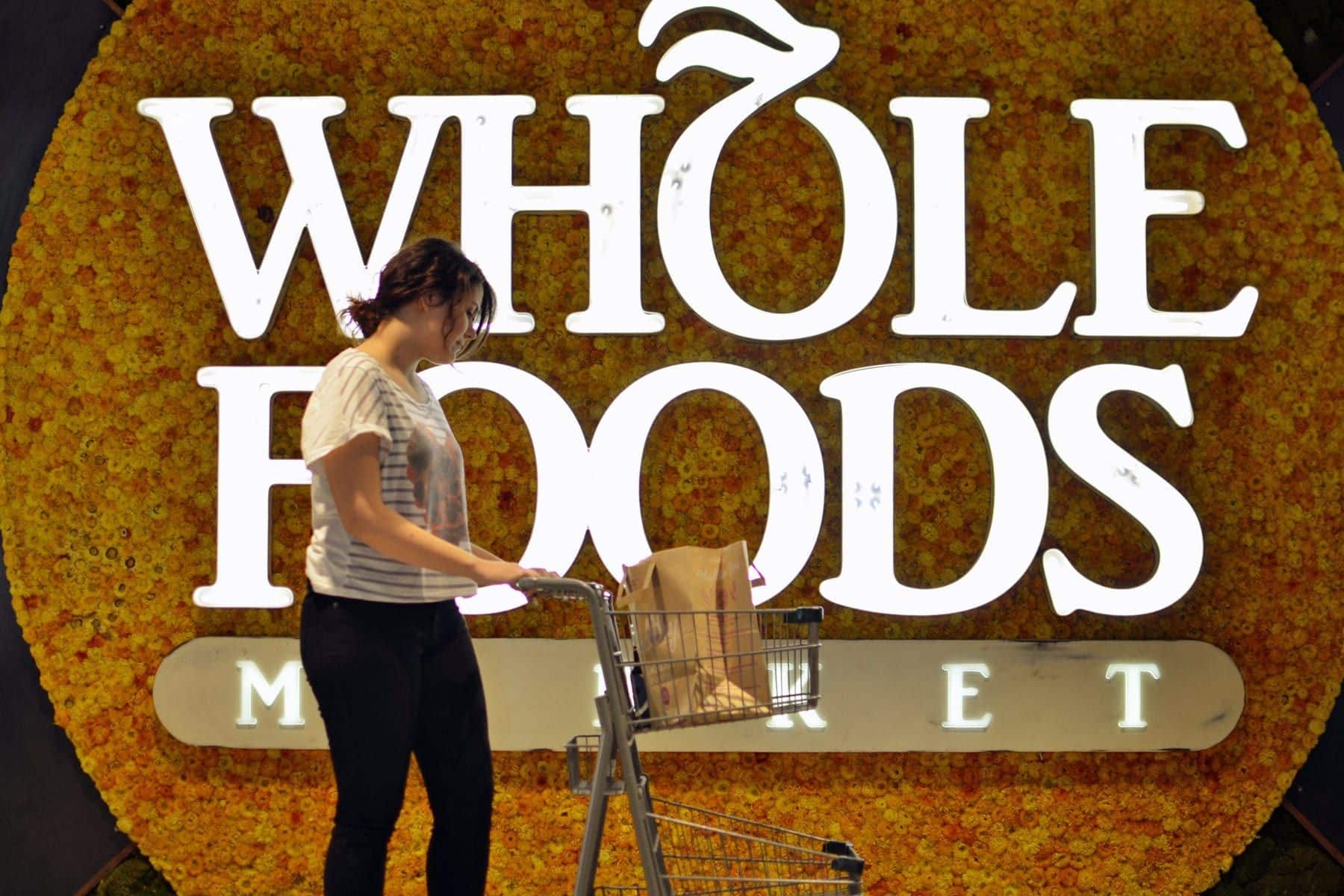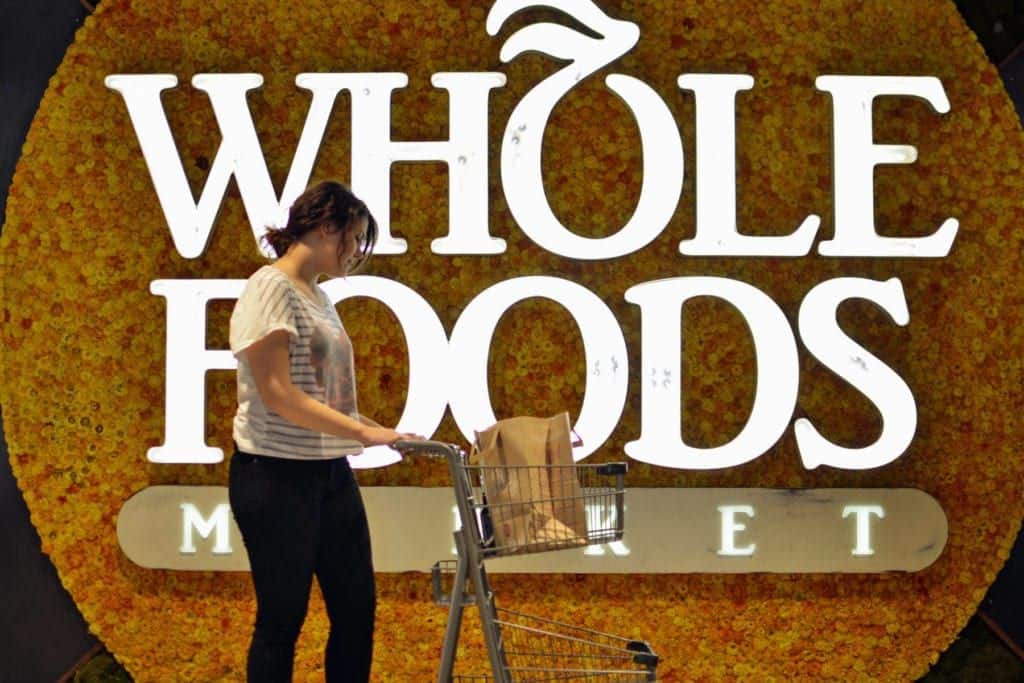Beyond kale chips and smoothies, Whole Foods Market has another “green” mission – to support and advance environmental stewardship in everything it does, whether that’s building a new store or bagging groceries.
In honor of Earth Month, here are five green things you might not know about Whole Foods Market:
- Whole Foods Market has kept more than 150 million plastic bags out of landfills since 2008. On Earth Day 2008, Whole Foods Market stopped offering single-use plastic grocery bags at store checkouts. The following year the grocer became the first national retailer to use 100 percent post-consumer recycled content paper grocery bags, certified by the Forest Stewardship Council.
- Whole Foods Market has more Zero Waste certified stores than any other retailer in the U.S. When the U.S. Zero Waste Business Council launched the first Zero Waste business certification program in the country, it awarded its first three Zero Waste certifications to Whole Foods Market stores. Composting programs help the grocer divert scraps unable to be used elsewhere in the store from ending up in landfills, and partners like Food Donation Connection allow stores to donate prepared foods at the end of the day to more than 500 nonprofit organizations and food banks.
- All of Whole Foods Market’s wild-caught seafood comes from fisheries that are certified sustainable. In 2012, Whole Foods Market became the first retailer to stop selling red-rated wild-caught seafood, eliminating from its stores species that have been flagged by the Monterey Bay Aquarium as overfished or caught in ways that harm other marine life or habitats. In March, the grocer announced a new sourcing policy for sustainable, traceable canned tuna, becoming the first national retailer to create storewide tuna requirements for grocery products and prepared foods items.
- Whole Foods Market was the first retailer to introduce solar power as a primary lighting source. Since its first rooftop solar installation, in 2002, Whole Foods Market has installed solar panels at 50 facilities and has announced plans to expand its solar portfolio with at least 100 additional rooftop solar units on stores.
- Whole Foods Market has its own set of green household cleaning standards that require full disclosure of ingredients on product labels. The Eco-Scale rating system also prohibits the use of harsh ingredients with significant environmental or safety concerns, like chlorine, phosphates, synthetic colors or formaldehyde-donors (preservatives that have the potential to release formaldehyde).
Learn more about Whole Foods Market’s green mission at https://www.wholefoodsmarket.com/environmental-stewardship.






